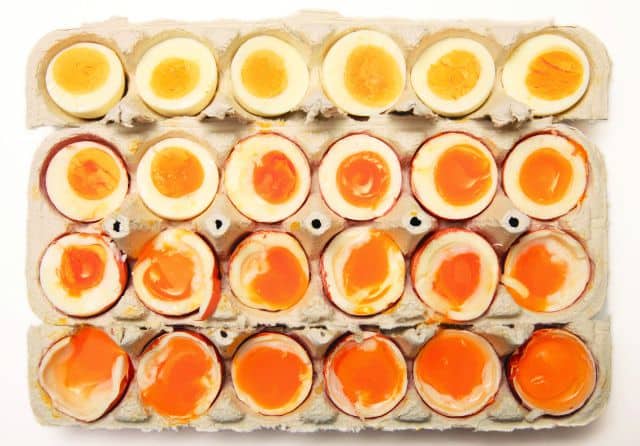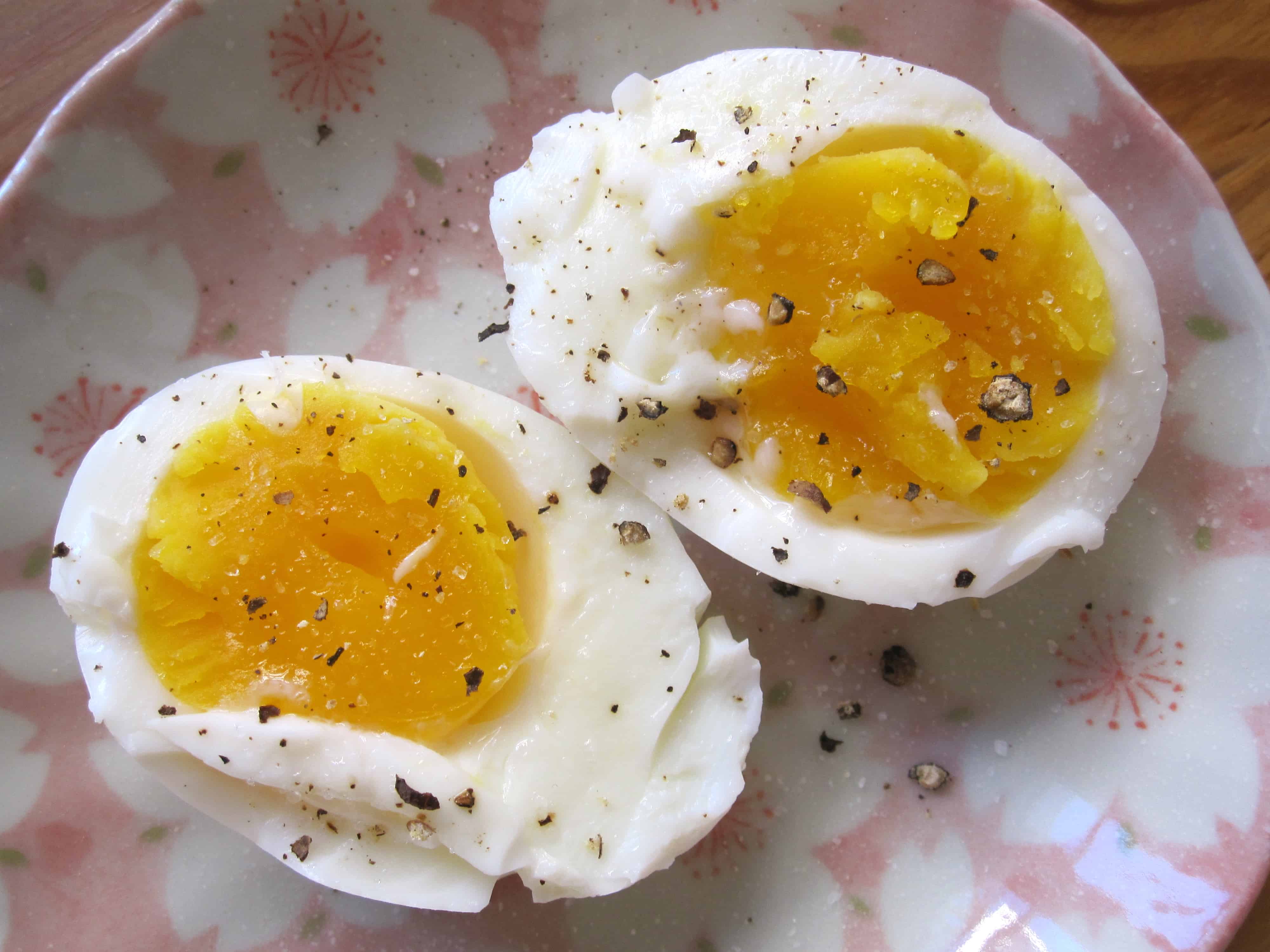Some people like them soft, others hard, and a few prefer them in the middle. Whichever way you like your eggs, it’s tricky getting them right consistently — you often end up with rubbery whites, chalky yolks or half the white taken off with the shell.
But why is it so difficult to master such a seemingly easy task? It’s all because the egg yolk and white have two different compositions, and need to reach different temperatures to get to their best consistencies.
American chef J. Kenji López-Alt explains in his cookbook The Food Lab: Better Home Cooking Through Science, that the perfect cooking temperature for getting a firm, tender, un-rubbery egg white is 180°F (82°C), but to get a perfect yolk it’s 170°F (77°C).

According to his scientific tests, this is the best way to boil the perfect egg — with a tender white and fully cooked yolk:
Bring the water to a boil, gently lower the eggs into the water and let them cook for 30 seconds. Then add ice to lower the temperature, let the water boil up again, and cook for 11 minutes at about 190°F (88°C).

For a less precise but still useful guide, you can use this handy cheat sheet:

For more on boiling the perfect egg and other food hacks supported by science, check out The Food Lab: Better Home Cooking Through Science, available on [amazon text=Amazon&asin=0393081087].

